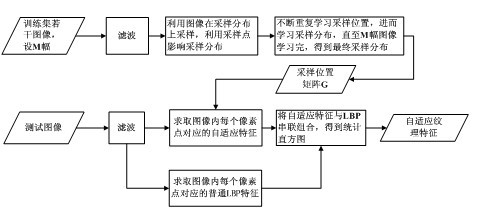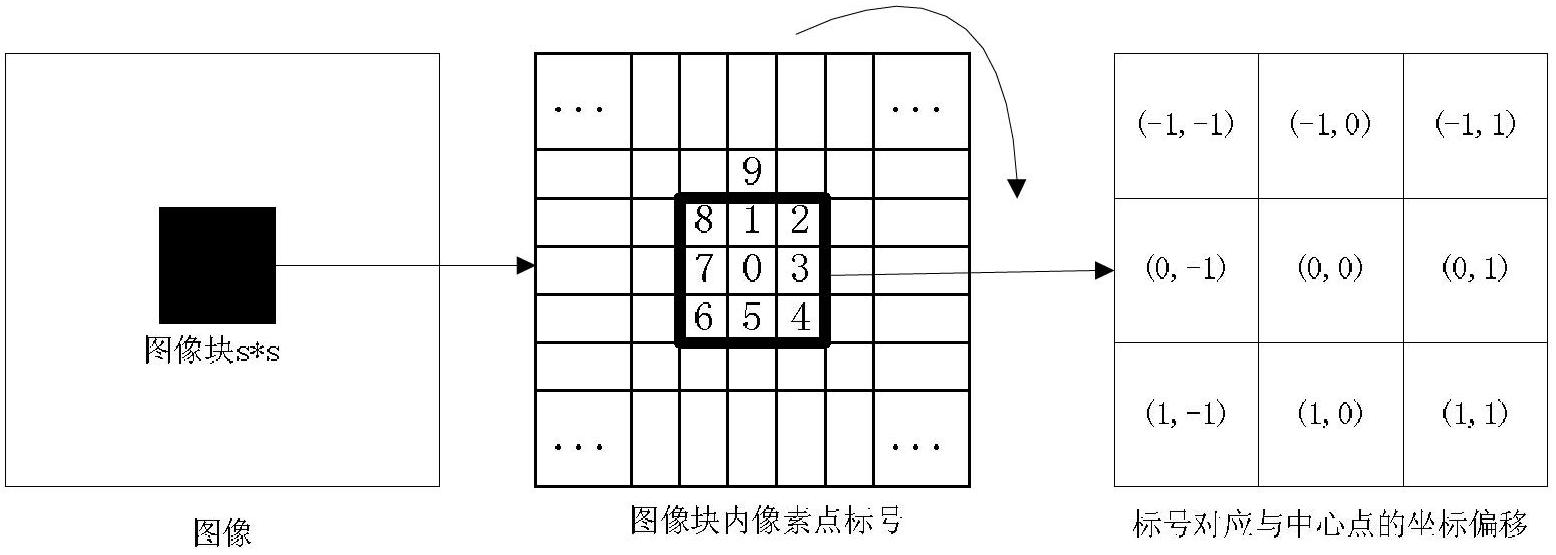Self-adapting characteristic extracting method for optical texture images and synthetic aperture radar (SAR) images
A texture image and feature extraction technology, applied in the field of image processing, can solve the problems of insufficient fixation and unsatisfactory effect, and achieve the effect of improving the correct rate and improving the accuracy.
- Summary
- Abstract
- Description
- Claims
- Application Information
AI Technical Summary
Problems solved by technology
Method used
Image
Examples
Embodiment Construction
[0025] Texture images have the characteristics of multiplicative non-Gaussian noise, extremely high signal-to-noise ratio, and possible random texture arrangement. The adaptive filtering provided by the present invention utilizes prior knowledge of key information of training images, and has a further guiding effect on subsequent sampling. By learning multiple images, the sampling position is random, and the learning and sampling are continuously strengthened, so as to achieve the purpose of improving the accuracy of key information sampling. Adaptive texture features have a better effect on the classification of optical texture images and SAR images.
[0026] The adaptive filtering method is the same as the LBP operator in that it also takes several key points in the neighborhood of a certain pixel point, uses the value of the pixel point as the threshold to find the label of the pixel, and then uses the label to the power of 2 as The weighted sum of the weights is used as the...
PUM
 Login to View More
Login to View More Abstract
Description
Claims
Application Information
 Login to View More
Login to View More - R&D Engineer
- R&D Manager
- IP Professional
- Industry Leading Data Capabilities
- Powerful AI technology
- Patent DNA Extraction
Browse by: Latest US Patents, China's latest patents, Technical Efficacy Thesaurus, Application Domain, Technology Topic, Popular Technical Reports.
© 2024 PatSnap. All rights reserved.Legal|Privacy policy|Modern Slavery Act Transparency Statement|Sitemap|About US| Contact US: help@patsnap.com










